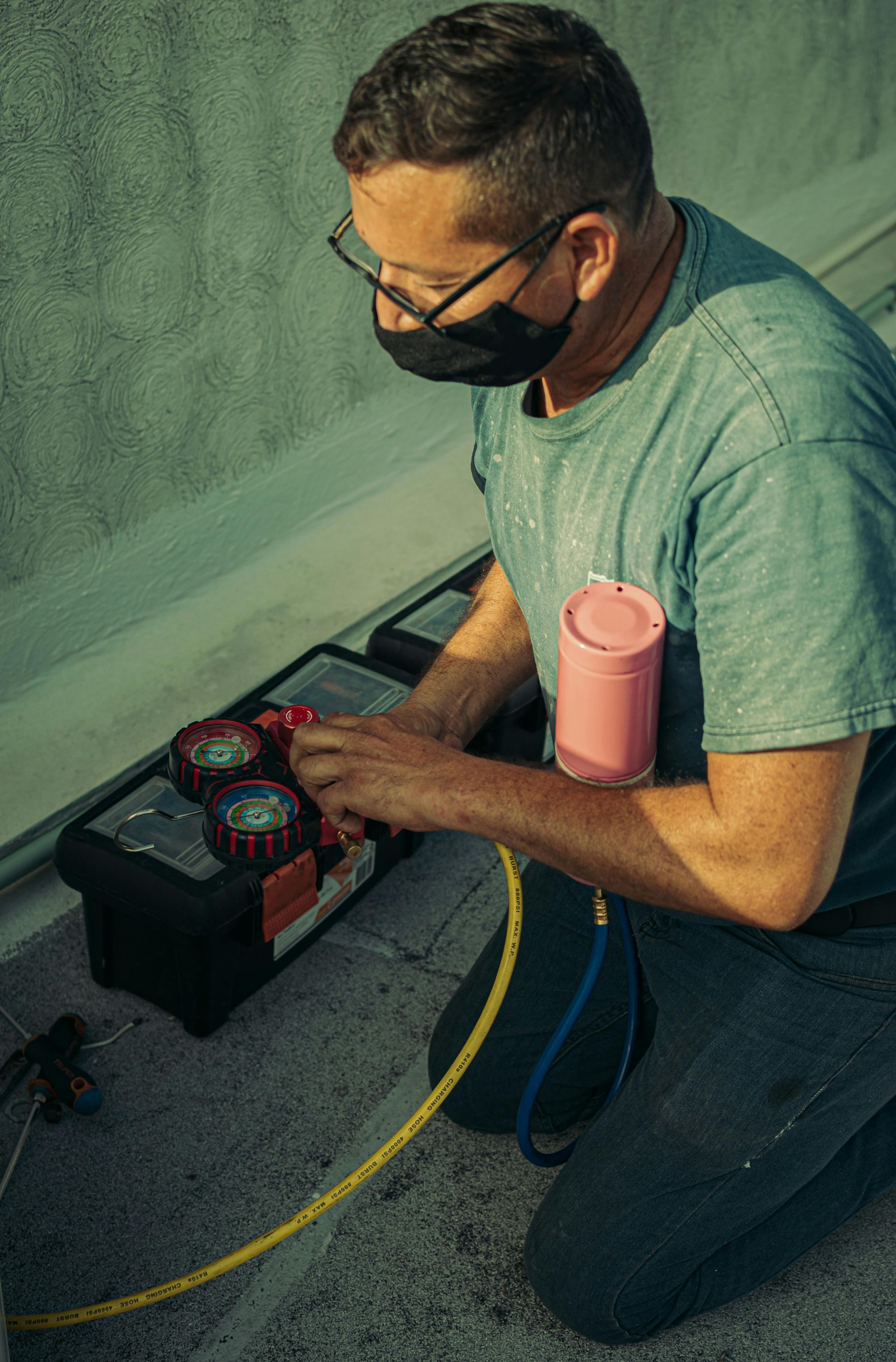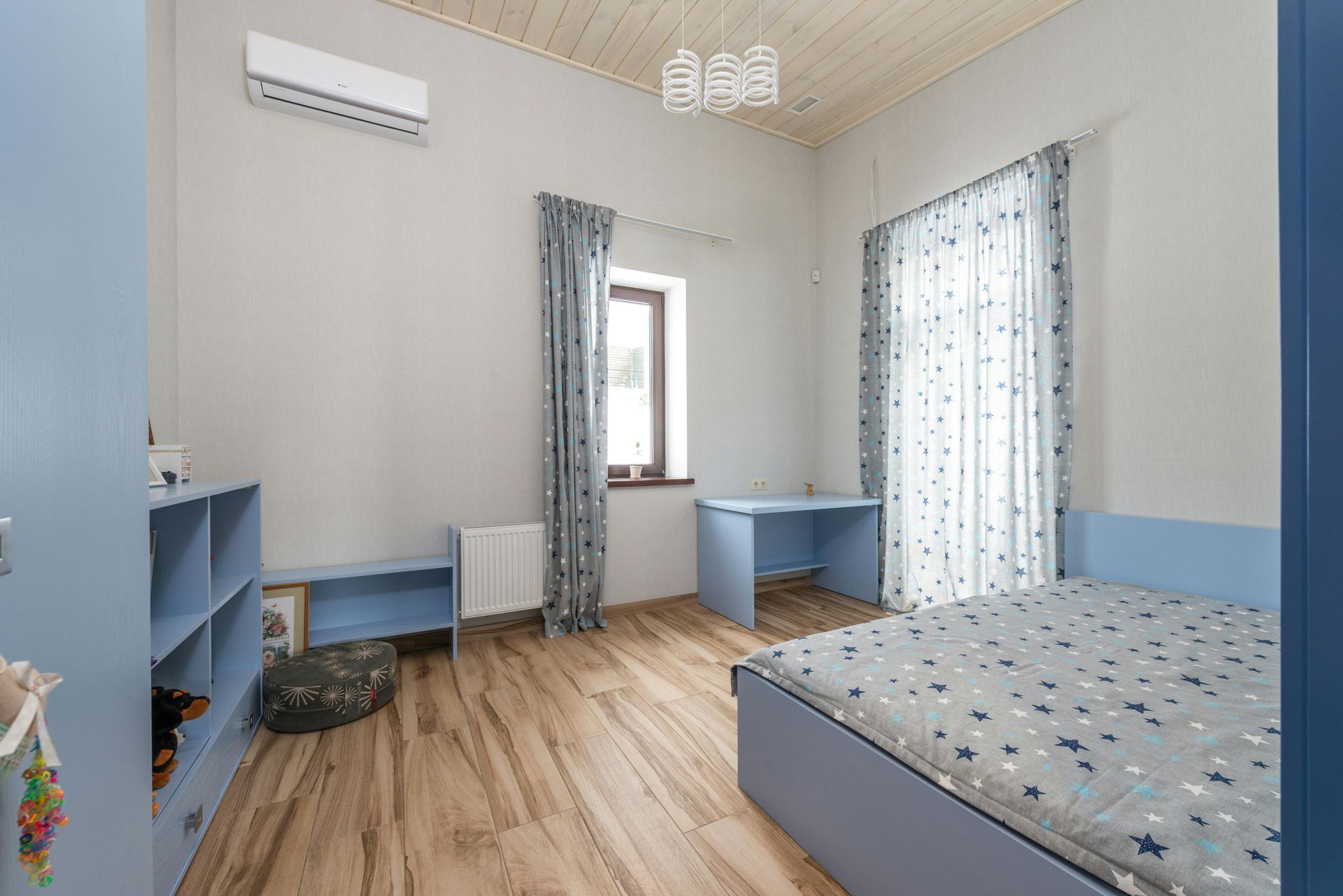What to Know about “No Tax on Overtime” and “No Tax on Tips”
The One Big Beautiful Bill Act (OBBBA) marks progress on two key promises from President Trump’s campaign: eliminating taxes on overtime and on tips. NAHB members may be wondering how these tax changes affect them, whether they’re business owners or employees.

Overtime Pay Exempt from Taxation
Effective retroactively from January 1, 2025, the new policy introduces an above-the-line tax deduction for qualifying employees who receive overtime pay. This provision is temporary and set to expire at the end of 2028.
Eligible individuals can deduct up to $12,500 of qualified overtime income as single filers or up to $25,000 for joint filers. However, the deduction begins to phase out for taxpayers with incomes above $150,000 (or $300,000 for joint returns). Itemizing deductions is not required to benefit from this rule.
The deduction applies strictly to the portion of pay above the standard hourly wage. For example, an employee who typically earns $20/hour and receives $30/hour for overtime can deduct the $10/hour difference.
However, not all overtime qualifies. The additional earnings must meet the criteria under Section 7 of the Fair Labor Standards Act of 1938 (FLSA), which generally covers hours worked beyond 40 per week. Overtime compensation mandated by contracts or state regulations is excluded unless it also aligns with the FLSA’s definition.
These qualified overtime wages must be reported on an employee’s Form W-2. At present, overtime isn’t separated from regular wages on this form. For 2025, OBBBA allows a transition period where employers may use a reasonable method—approved by the Treasury Secretary—to estimate and report qualifying overtime. Further IRS guidance is expected.
Employers are encouraged to coordinate with their payroll services or tax professionals to properly track and report eligible overtime earnings.
Tax-Free Tips for Eligible Workers
While tipping is rare in the residential building industry, workers in certain roles like home maintenance or repair may receive gratuities.
Also effective from the beginning of 2025, the no-tax-on-tips provision allows qualifying employees to deduct up to $25,000 in tips from taxable income. Like the overtime provision, the deduction phases out above the same income thresholds and ends after 2028. Itemization is not necessary.
To qualify, the employee must be in an occupation where tipping is customary and frequent. Within 90 days of the bill becoming law (expected by early October), the Treasury Department is required to publish a list of eligible tipped occupations.
Tips must be freely given by the customer. Service charges added automatically to bills do not count.
Some professions are explicitly excluded under OBBBA’s rules. Individuals employed in a Specified Service Trade or Business (SSTB) — as defined in Section 199A — are not eligible. This includes fields like accounting, health care, law, financial services, consulting, and the performing arts, among others.
As with overtime, tips must be reported on an employee’s W-2. A similar transition rule applies for 2025 reporting, and all tipped wages remain subject to payroll taxes such as Social Security and Medicare.
SHARE




